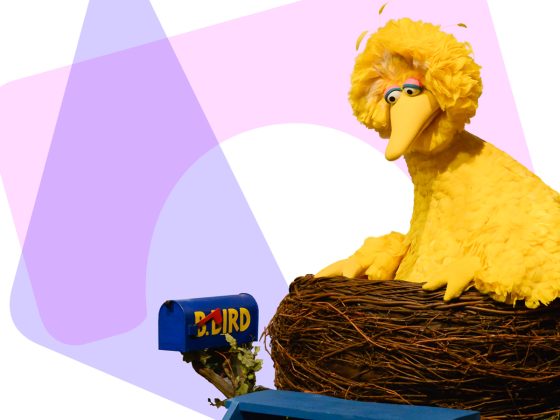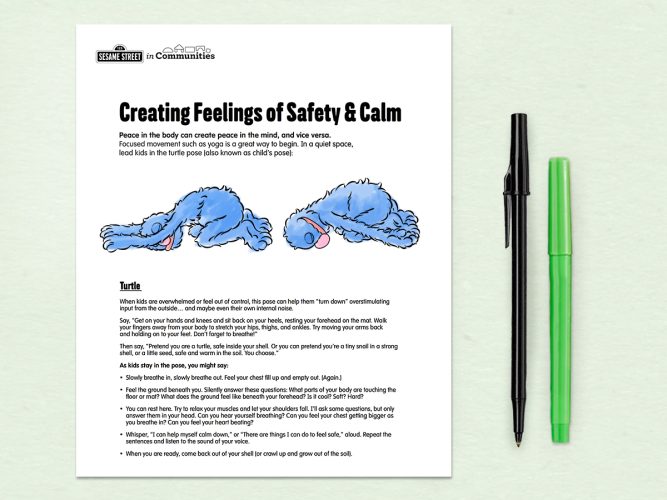
Helping Kids Calm and Soothe Themselves
When talking with kids who are coping with the effects of trauma, the top priority is establishing a sense of safety and security.
Consider offering one or more of these self-care tools in your setting:
- “Squeezy” balls. Explain that these can really help your body relax. These can help kids learn deep-muscle relaxation. Guide them in the process by inviting kids or adults to squeeze a ball in each hand as they “squeeze tight” every muscle in their body as hard as they can. Have them stay in that position for five seconds. Then have them release their tension, relax, and take a deep breath.
- A notebook and crayons. These allow kids to draw their feelings. Help them start by asking about the source of their feeling (“Can you draw what made you so mad?”). You might also encourage them to explore the feeling itself (“What color is your sadness?” “Is it light blue or dark blue?” “What shape is it?”). These strategies help kids gain perspective on their emotions and hone the ability to talk about them.
- A comfort object. Hugging a stuffed animal, soft blanket, or big sweater can give kids a sense of control and security by being in contact with a familiar and calming personal treasure.
- Bubbles. Blowing bubbles and watching them form, float, and pop can be a soothing experience. That is because of the calming effects of deep breathing, which you can help kids to learn.


